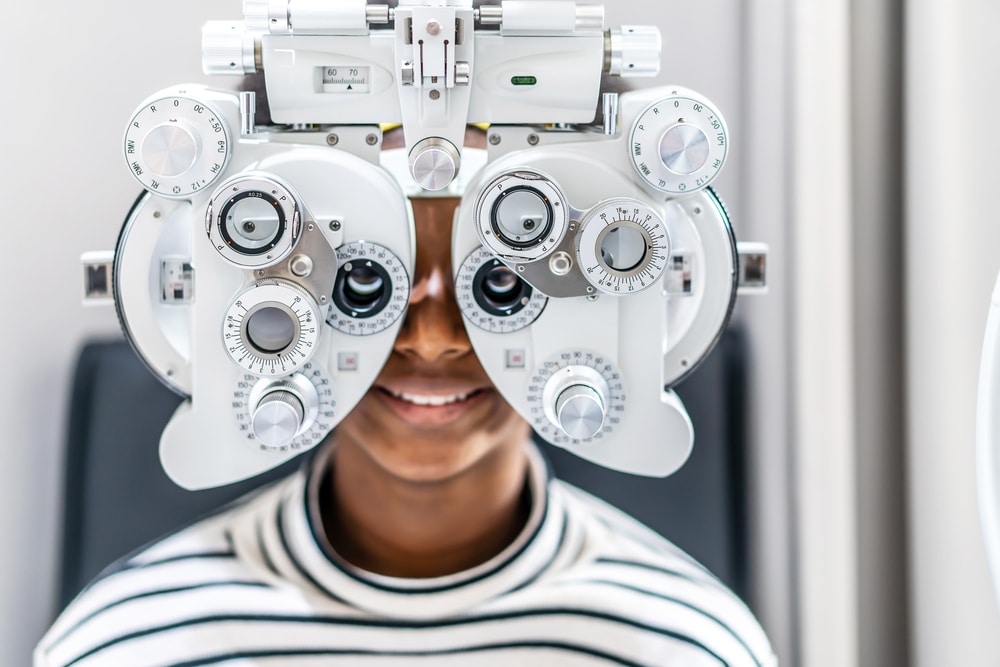Your visual health depends on having regular eye exams. We have eye doctors located in our Clearwater, Largo, and St. Petersburg offices in Florida.
Routine eye exams are important even when our eyes and vision seem fine. This is because many ocular diseases that can permanently affect vision have few or no warning signs until it is too late, and they have taken away some or all of our vision.
Diabetic eye disease, glaucoma, and age-related macular degeneration are just a few of the eye diseases that can blind you without you even knowing you have them. Early diagnosis of ocular diseases gives you the best chance of saving your sight. If you haven’t had an eye exam for more than a year, book one now.

Over 24 million Americans choose contact lenses to correct their vision. When used with care and proper supervision, contact lenses are a safe and effective alternative to eyeglasses.
Contact lenses are a reasonable alternative to glasses to attain good vision. However, contact lenses are not without risk. The most common complications occur due to poor hygiene or compliance.
Safe contact lens wear requires an exam by an ophthalmologist or optometrist to determine if you are a good candidate. An initial fitting with lenses will be followed by training in our office on how to apply and care for the lenses, and then annual checkups are scheduled to monitor your eye health and success.
Annual eye exams are required, according to State law, for all annual contact lens prescription refills.